Apple also failed (at least 12 times)
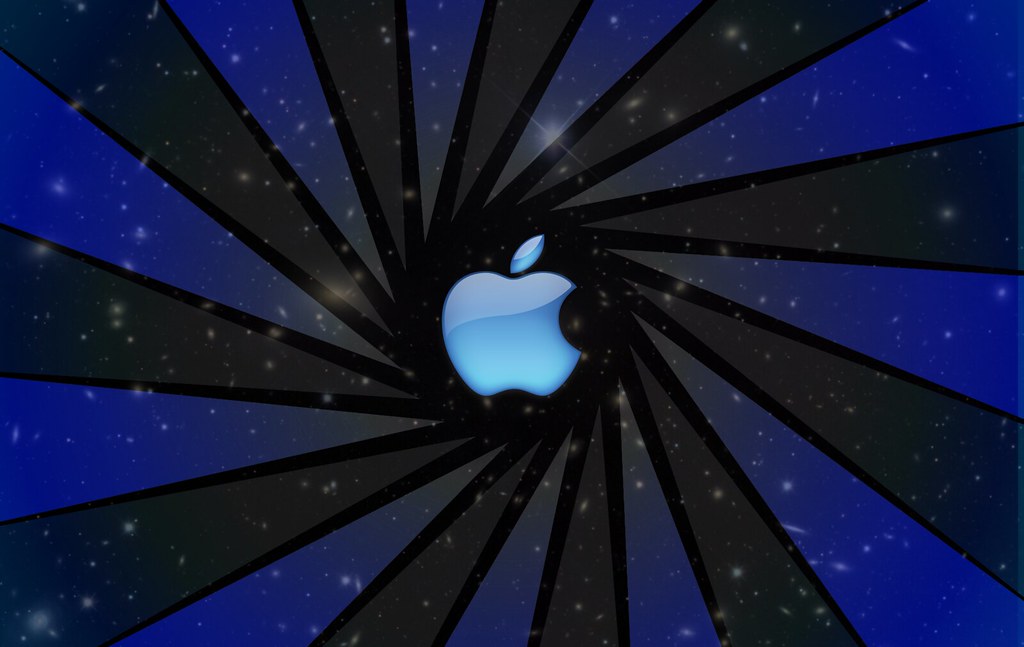
Time travel among Apple products that didn't make it. Stories, anecdotes and curiosities
Apple, founded in 1976 by the visionaries Steve Jobs, Steve Wozniak and Ronald Wayne in Silicon Valley, has always been synonymous with the cutting edge, reliability and success of its products but over the years even the best make a mistake every now and then. Quartz recalls the failures that could have marked its end.
APPLE NEWTON (1993-1998)
Before the iPhone there could have been the Apple Newton, a portable computer that fit in your pocket, with a touch screen that you could interact with using a plastic pen pill. Introduced in 1992, it went on sale the following year and finally axed in 1998. Much to Jobs' delight, apparently.
But the most curious aspect, observes Quartz , was its development, for which a chip that did not require a lot of energy and did not produce too much heat was needed. Apple found it in a British company called Acorn, in which it invested $3 million. Today, the evolution of those early chips powers more than 160 billion devices, including Apple's latest Macs.
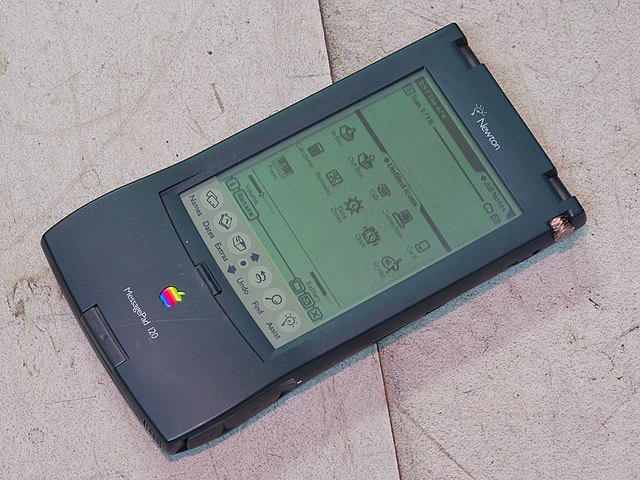
APPLE USB MOUSE (1998-2000)
Apple's first USB mouse was a disaster. Definitely design but not practical. Instead of two buttons it only had one and orienting the cursor was very difficult. It disappeared from circulation after two years.
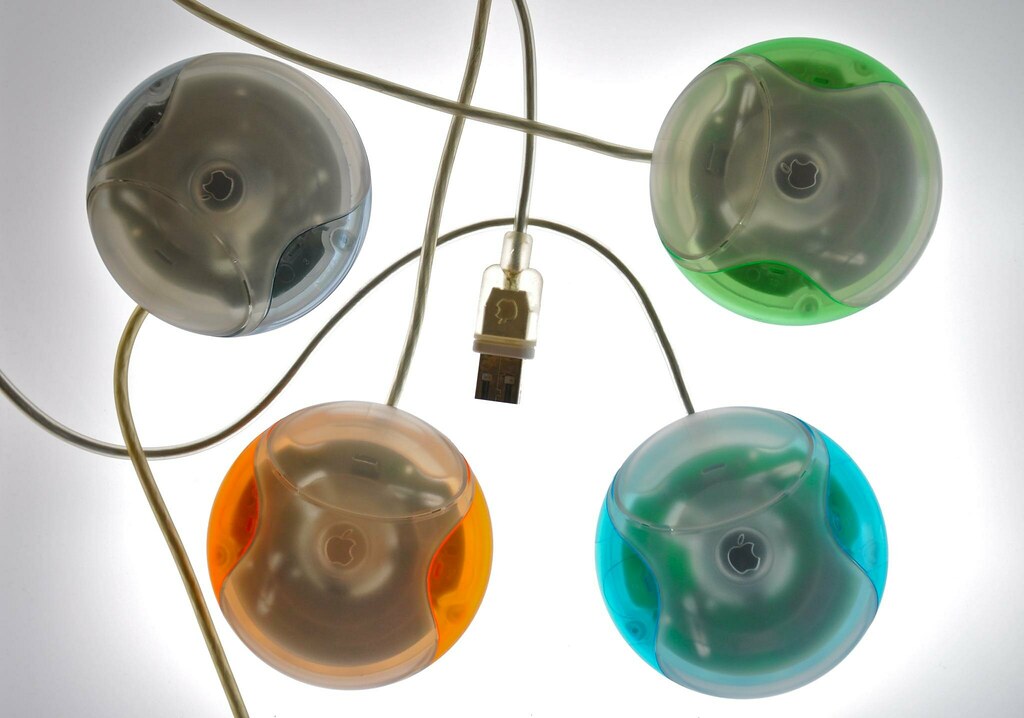
APPLE PIPPIN (1996-1998)
Attracted by the first open hardware platform based on the Macintosh operating system, which Apple intended to license to companies that could modify it, Bandai – a leading company in toy production and game development – stepped forward, transforming the prototype "Pippin Power Player” in Apple's Pippin Atmark game console in Japan and Pippin @World in the United States.
However, the console failed mainly for three reasons: the launch price was 600 dollars (more than 1,000 dollars today), there were few interesting games (especially in the United States), and Sony, Sega and Nintendo already had a dominant position on the market.
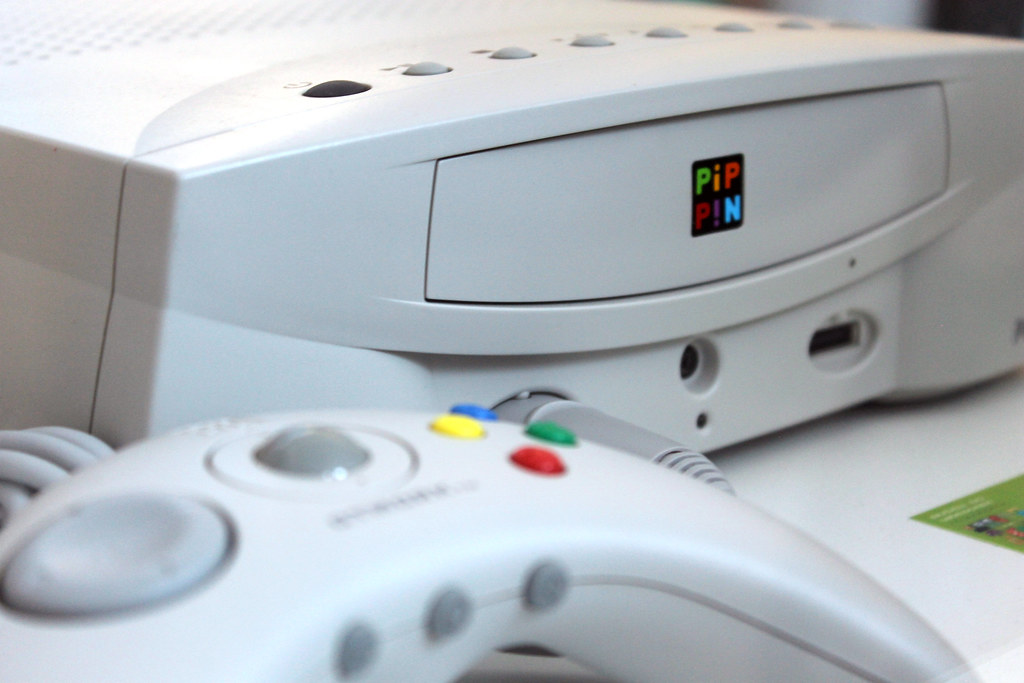
iTUNES PING (2010-2012)
Jobs described the platform as “kind of Facebook and Twitter meets iTunes.” Ping, in fact, included in iTunes 10, had a news feed, followers and multimedia content, but nothing different from other social networks, apart from the focus on music.
In the first 48 hours of release Apple declared 1 million users but after two years had to admit its failure.
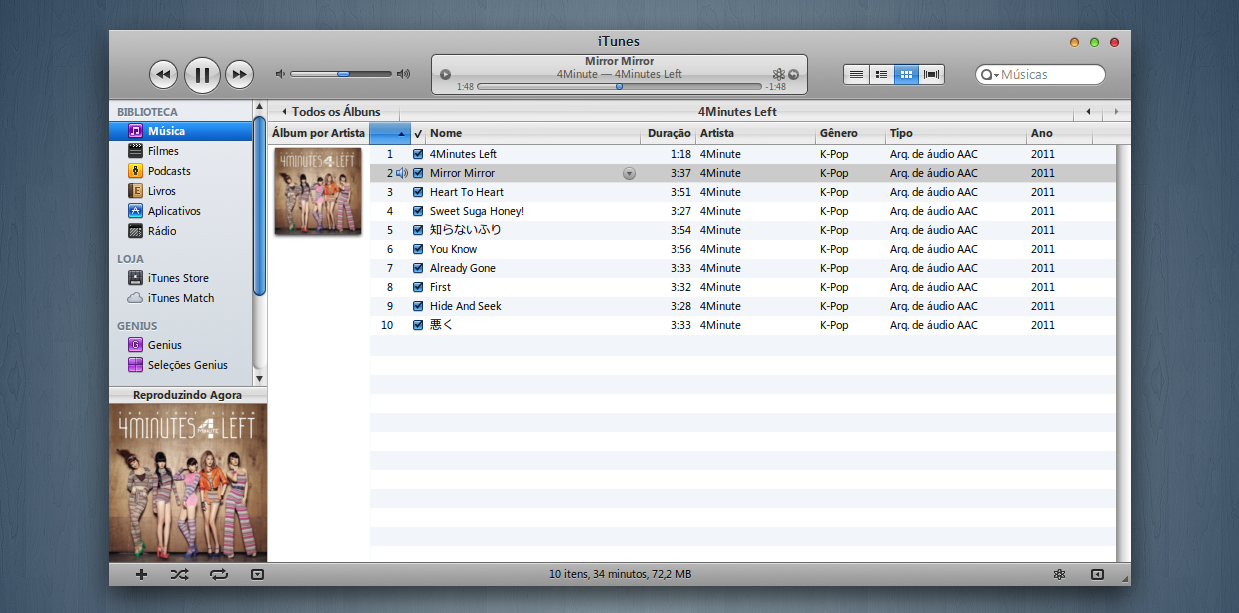
MACINTOSH FOR ITS 20 YEARS (1997-1998)
The Twentieth Anniversary Macintosh, better known as TAM, was more a luxury object than a computer to celebrate the 20th anniversary of Apple Computer. It offered a computer, a TV and a radio, complete with a huge Bose subwoofer.
The reason for the failure was quite banal: the price. Initially estimated at a retail cost of around $9,000, it was briefly put on the market at the modest sum of $7,499, but the discount wasn't enough to make it successful. Before discontinuing production after just one year, the price dropped further to $1,995. So few examples were sold that today, Quartz points out, they have become collector's items, priced at up to $20,000.
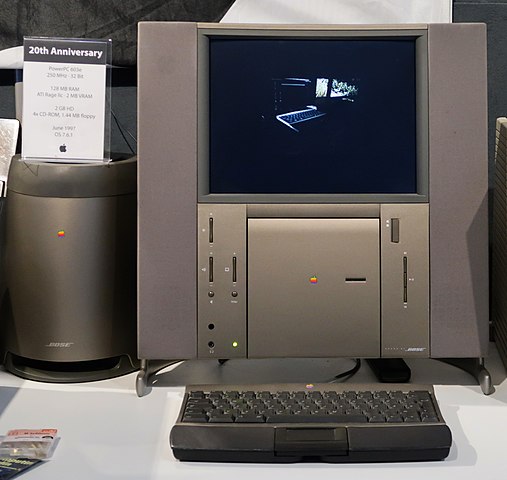
BUTTERFLY KEYBOARD (2015-2020)
The butterfly keybord, "butterfly keyboard" in Italian, appeared in 2015 with the 12-inch MacBook to reduce the dimensions of the very thin notebook to a minimum, which however immediately received criticism for the rigidity and, at the same time, extreme delicacy of the its keys. Despite this, Apple continued to offer it on the MacBook Air and the MacBook Pro until just over three years ago when it gradually abandoned it with the release of the new MacBook Pro 16.
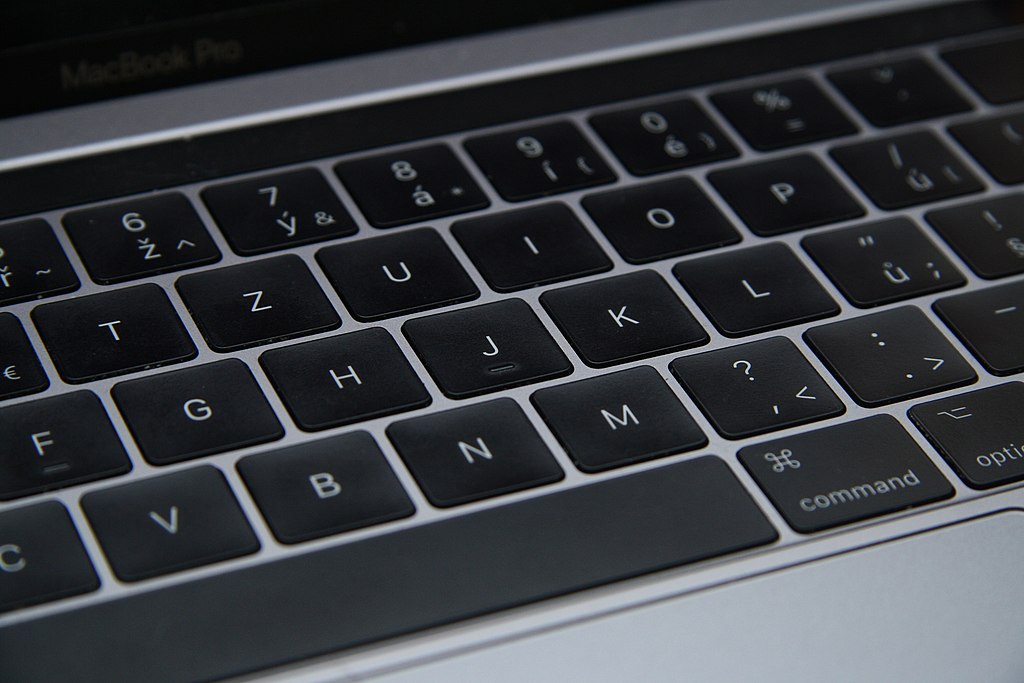
MACINTOSH TV (1993-1994)
The fusion of a computer with a television. This was the ambition of the Macintosh TV, which was supposed to save space and money (it cost $2,099). Obviously only one of the two functions could be used at a time. But it ended up being slower and more expensive than other options on the market and lacked key features, leading Apple to sell just 10,000 units before discontinuing production four months after its launch.
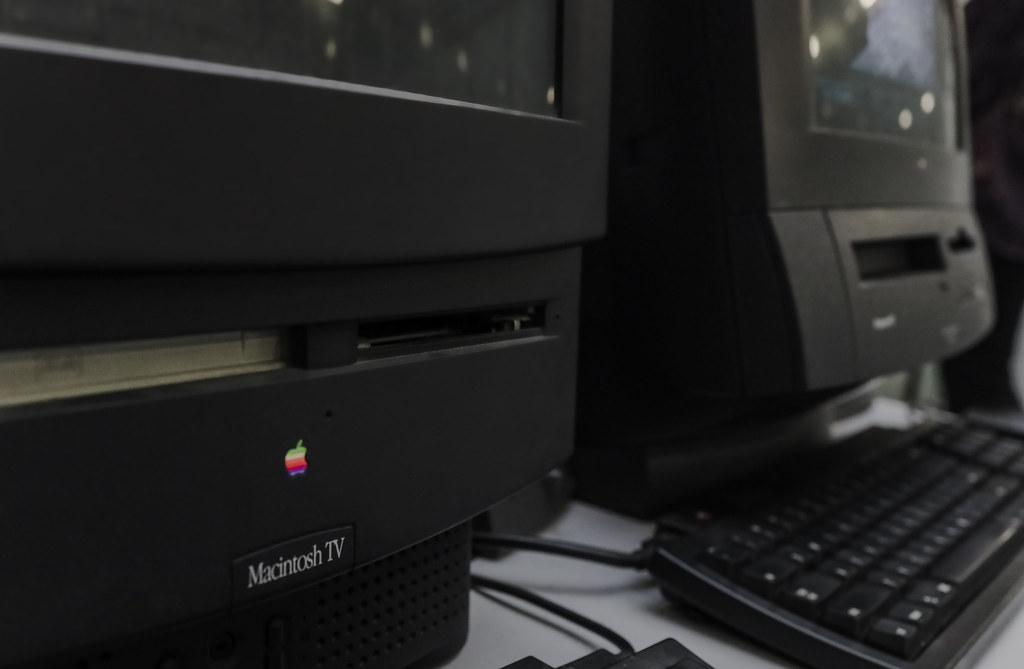
APPLE III (1980-1984)
After the great success of the Apple II, the next model was built mainly for companies (IBM's PC arrived a year later) but presented serious problems: the motherboards, for example, overheated due to the lack of a cooling fan. cooling which, Quartz reveals, Jobs would have removed for aesthetic reasons.
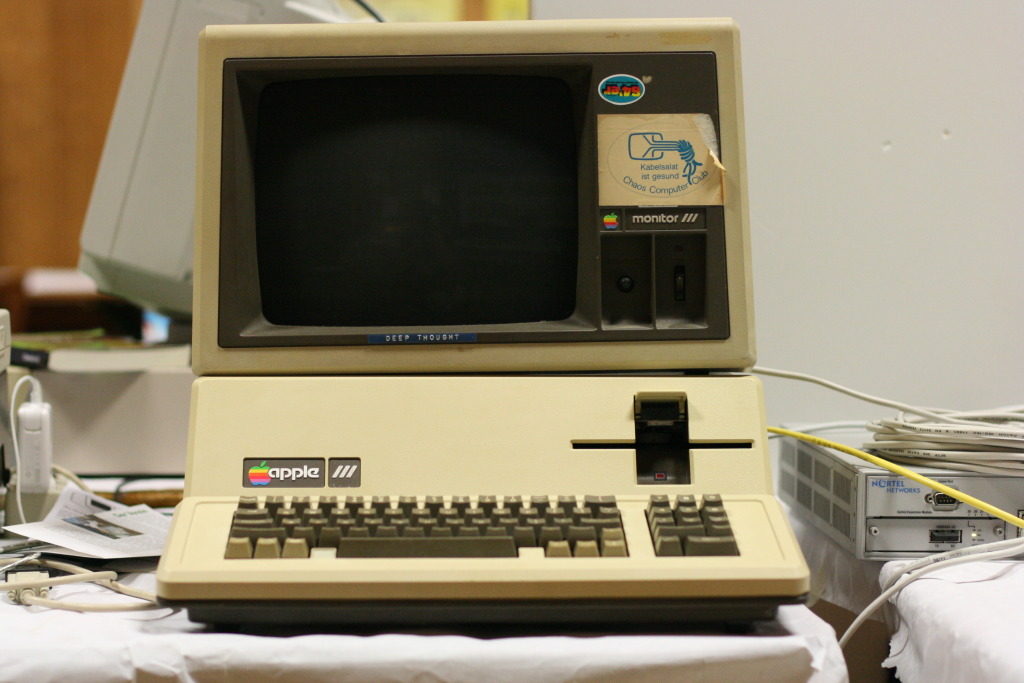
AIRPOWER (2017-2019)
In 2017, Apple introduced a wireless charger that can power three devices simultaneously. A dream for consumers that seemed like a reality and, instead, never made it to the market because charging a device wirelessly generates considerable heat and AirPower was not fireproof.
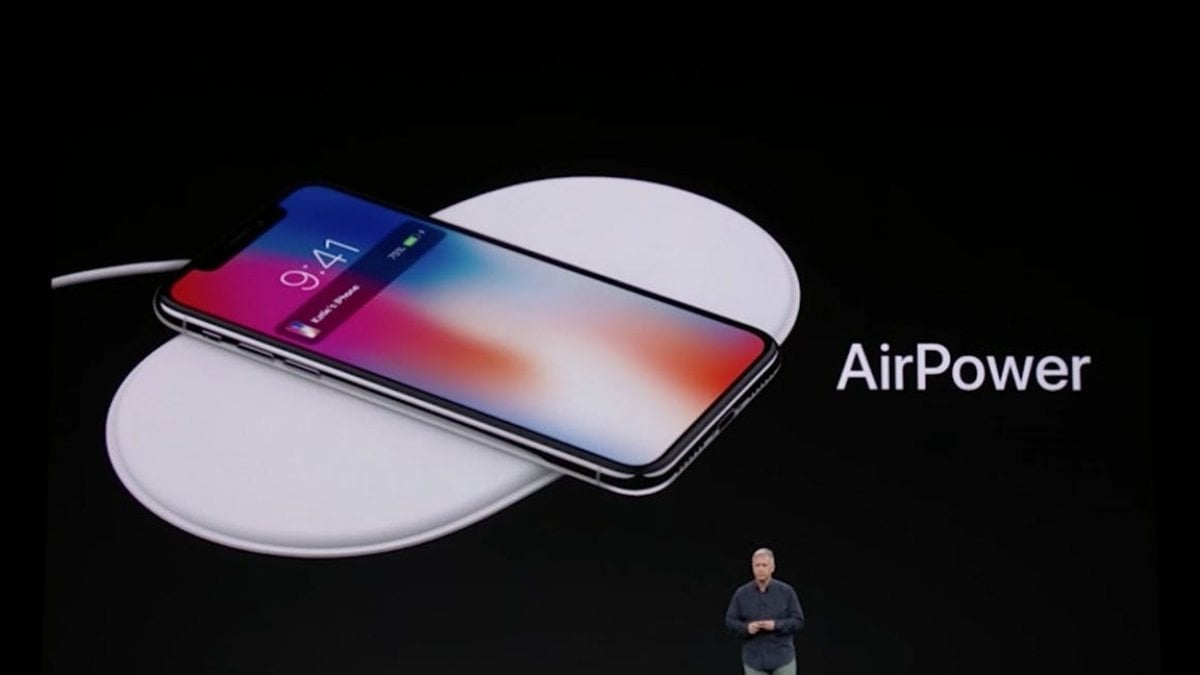
iPOD HI-FI (2006-2007)
Easily forgotten, the iPod Hi-Fi was a high-end device with powerful sound quality, a six-button remote and simple controls, retired because it couldn't beat the competition.
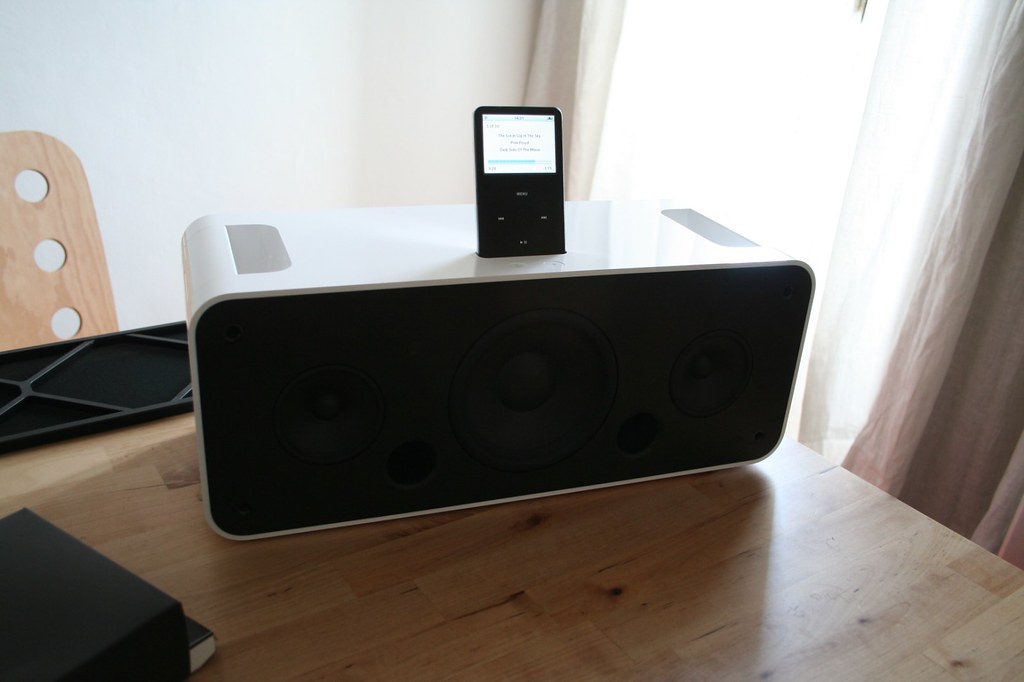
COPLAND (1994-1996)
Apple's Copland operating system is a defining moment in its competition with historic rival Microsoft. In fact, System 7 was not up to speed with Windows 95 but its next version, which would be released under the name System 8, turned out to be "one of the worst IT disasters in history" because it was too ambitious, writes Quartz .
After starting to design it in early 1994, it was abandoned two years later until Jobs returned in late 1996 and Apple announced the purchase of NeXT, from which it obtained the NeXTSTEP operating system, which would become the basis of Mac OS X.
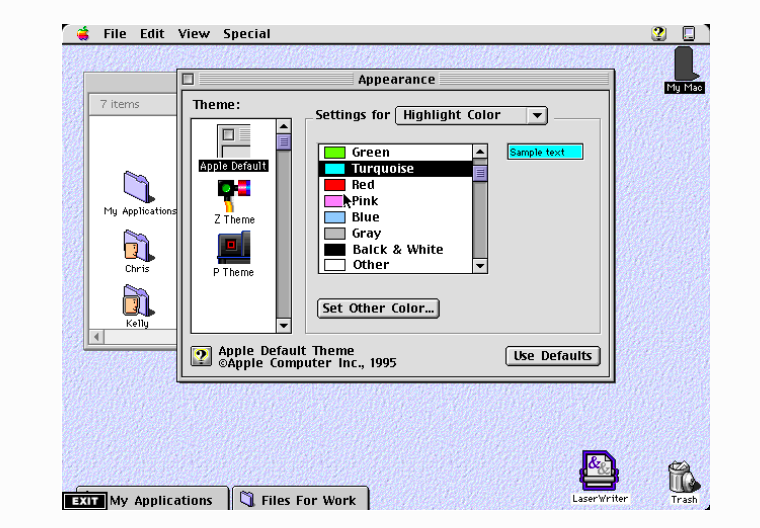
POWER MAC G4 CUBE (2000-2001)
Finally, him. The design object not understood. Compared to a paper shredder, the Power Mac G4 Cube, designed by designer Jonathan Ive , was a miniature desktop wrapped in an acrylic cover. It had no fans and used passive cooling through a large vent on top.
As Quartz explains, its beauty wasn't enough because it didn't offer the power or features expected for $1,799 – a price at launch that was later reduced to $1,499.
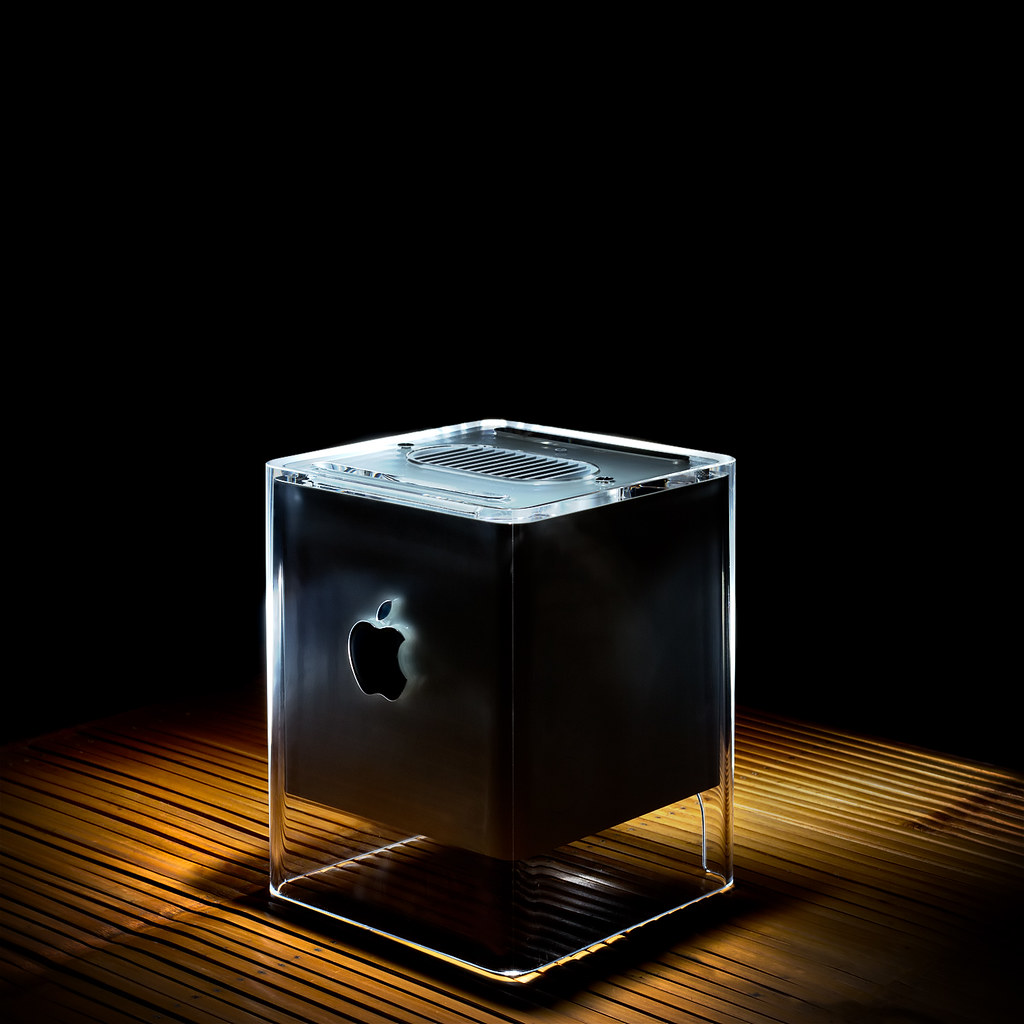
This is a machine translation from Italian language of a post published on Start Magazine at the URL https://www.startmag.it/innovazione/anche-apple-ha-fallito-almeno-12-volte/ on Sat, 06 Jan 2024 06:59:50 +0000.
